On Thin Ice: Figure Skating in Japan and Some Popular Japanese Skaters
Figure skating is an extremely popular sport in Japan. When the winter season comes rolling in, many people switch on their TVs to watch the skating competitions and root for their favorite skaters. Twitter is suddenly filled with various skating-related Tweets, and when the likes of Yuzuru Hanyu successfully land a quadruple axel or two, cheers erupt across many households. The Japanese people’s love for figure skating is even reflected in the sheer number of Japanese advertisements that are conspicuously plastered around the rink in international competitions (that take place outside of Japan), which shows how the majority of the viewership is Japanese. The question is, how did figure skating become such a popular sport in Japan?
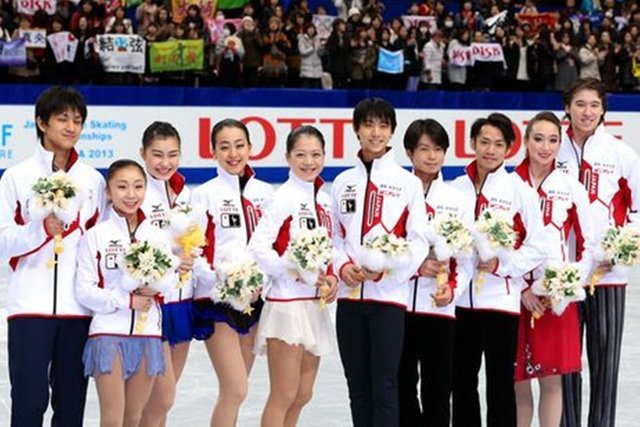
History
Official Japanese figure skating history goes back all the way to the early 1900s, but it was in the last few decades when the sport began to attract attention among the Japanese people. In 1977, Minoru Sano became the first Japanese skater to ever win a medal in the ISU World Skating Championships, and his free skating was rated the best in the competition. Afterwards, in 1979, Emi Watanabe won the bronze medal.
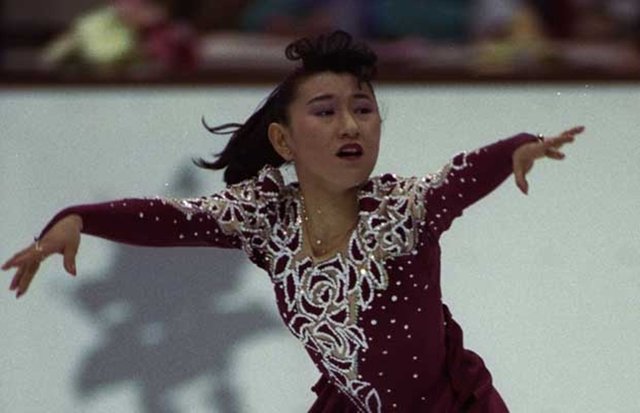
However, the sport became really popular with the appearance of Midori Ito, the “figure skating legend,” who won the 1989 World Skating Championships and the silver medal in the 1992 Olympics. She was the first female in history to land a triple-triple jump combination and a triple axel in competition. She was later inducted into the Figure Skating Hall of Fame in 2004.
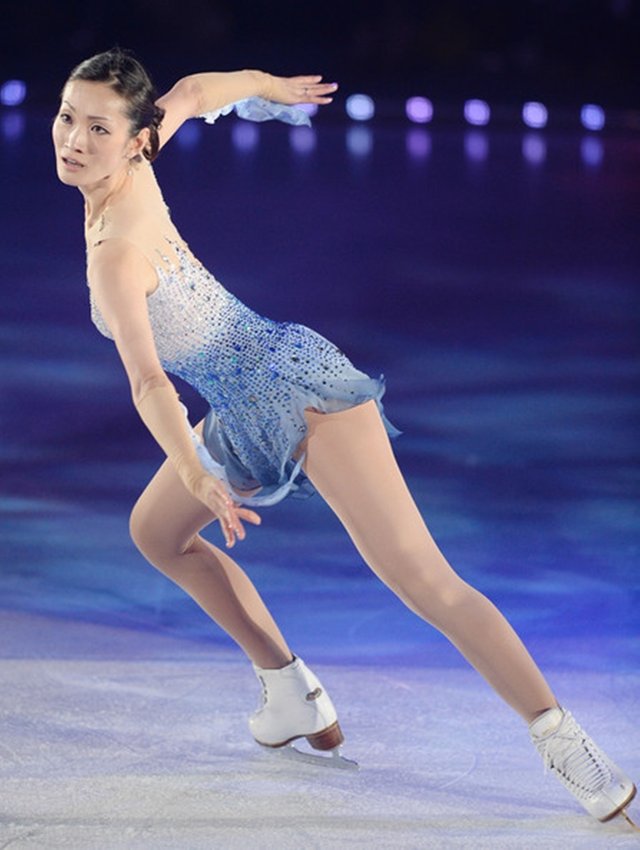
After Midori Ito, many other great figure skaters followed. In 2002, Yukari Nakano became the third female skater in history to land a triple axel in an ISU-sanctioned competition. In the same season, Miki Ando became the first (and only) female skater to successfully land a quadruple jump in competition. In 2006, Shizuka Arakawa, known as the “cool beauty,” became the first Japanese Olympic gold medalist in figure skating.
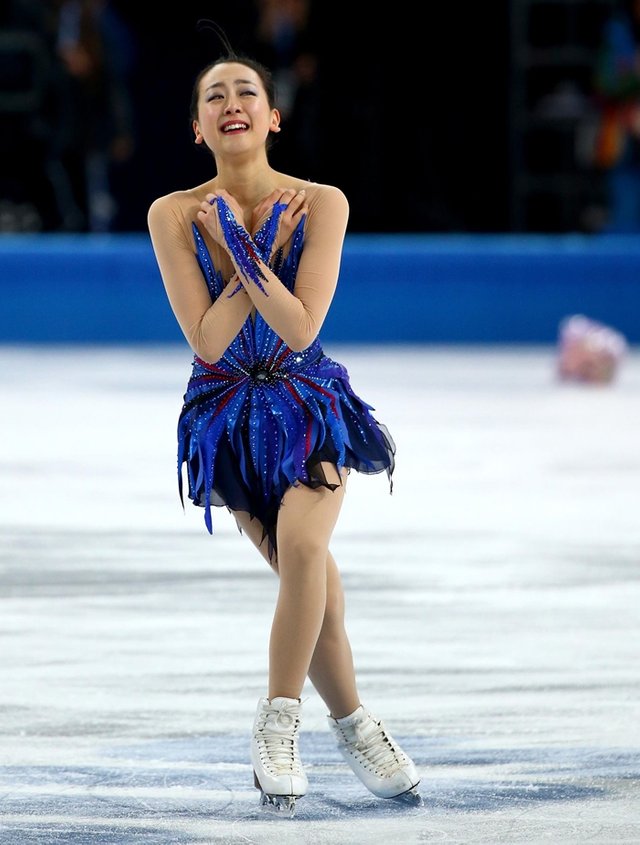
Also in the same season, Mao Asada won the Grand Prix Final at the age of 15 and later went on to become the famous “queen of the triple axel” and one of the most recognized athletes in Japan. She is endearingly called “Mao-chan” by the public.
The Japanese male skaters have also had great success over the years. Just as Yukari Nakano and Miki Ando were attracting public attention during the years of 2002 and 2003, Takeshi Honda also became the stimulus for Japanese men’s figure skating by becoming the first Japanese male skater to win a medal at the World Championships since 1977.
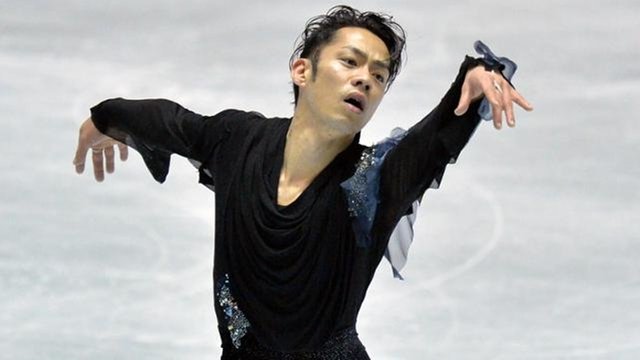
In the 2010 Winter Olympics, Daisuke Takahashi became the first Japanese medalist (bronze) for the men’s singles event, and the first Asian man to win a World title at the 2010 World Championships. He later makes history again by becoming the first Japanese male gold medalist at the 2012-2013 Grand Prix Final.
The Present
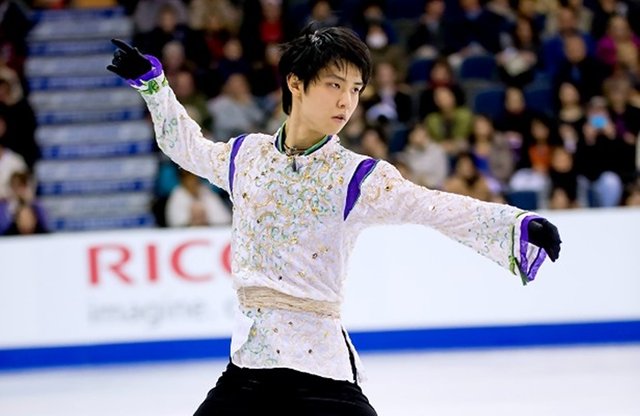
As of recent years, there has been an influx of new talent, the most prominent skater being Yuzuru Hanyu (21), who has already broken world records ten times, and currently holds the highest scores for both the short program and free skating in the men’s singles division. He is the 2014 Olympic champion, as well as a three-time champion for the Grand Prix Final.
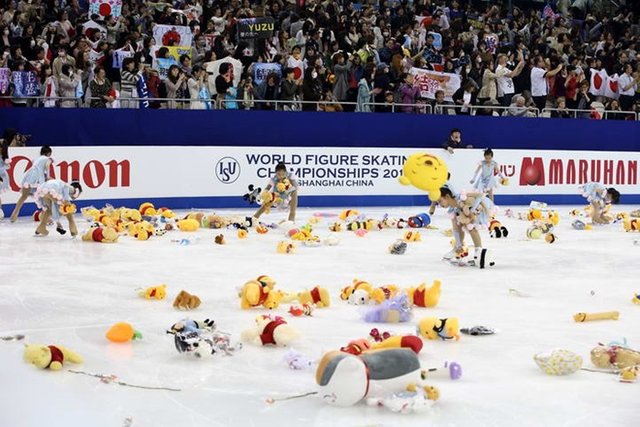
Hanyu is also popular in Japan (particularly among women) for his cute looks and penchant for holding a Winnie-the-Pooh bear while waiting for the announcement of his scores during competitions (this has led to a custom among his supporters to throw Winnie-the-Pooh bears instead of flowers into the rink after his performances). Shoma Uno (18) is another new talent who won the bronze medal in the 2015-2016 Grand Prix Final and who became the first skater ever to successfully land a quadruple flip in an international competition.
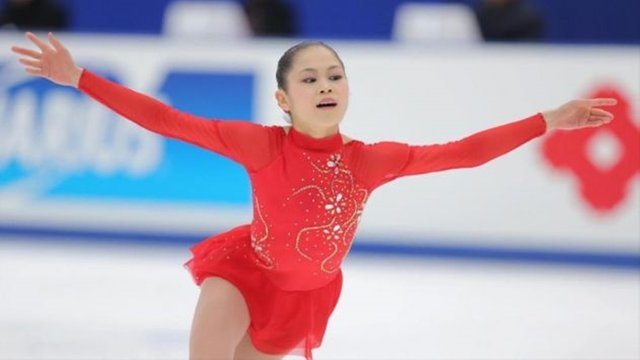
In the ladies’ division, Satoko Miyahara (18) is one of the most promising new skaters in Japan, winning the silver medal in both the 2015 World Figure Skating Championships and the 2015-2016 Grand Prix Final, and the gold medal in the 2016 Four Continents Figure Skating Championships.
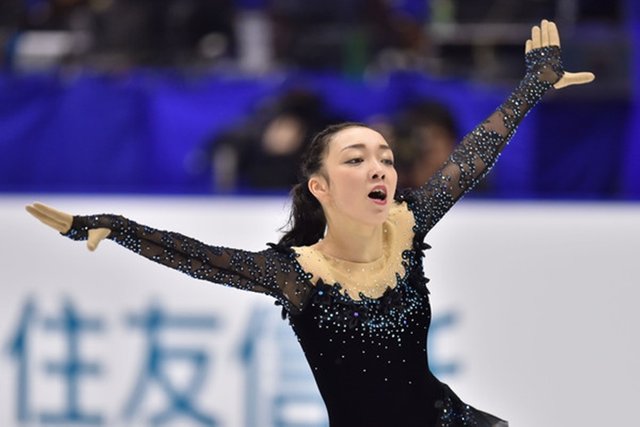
Rika Hongo (19) is another new talent, being a two-time Four Continents bronze medalist (2015-2016), and 2014 Rostelecom champion.
With all of its young and promising skaters, the future of figure skating looks bright for Japan.
In your introduction you said that "Yuzuru Hanyu successfully land a quadruple axel or two" but he has only attempted it ; he has not been successful! To this date no one has been able to land on in competion